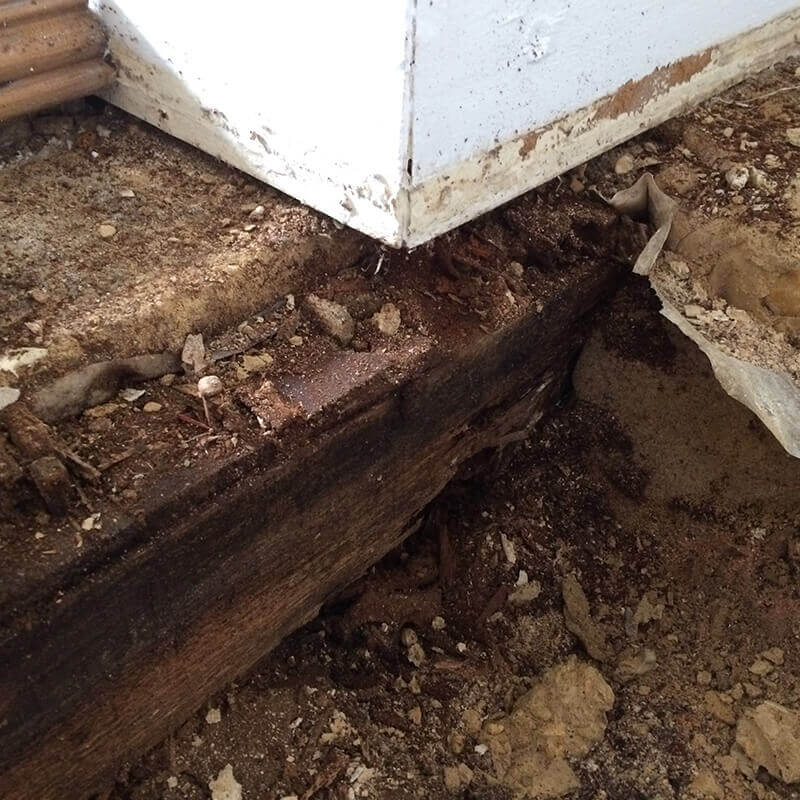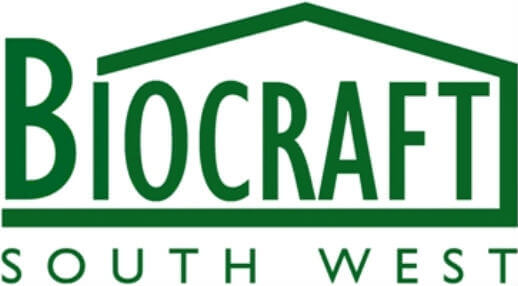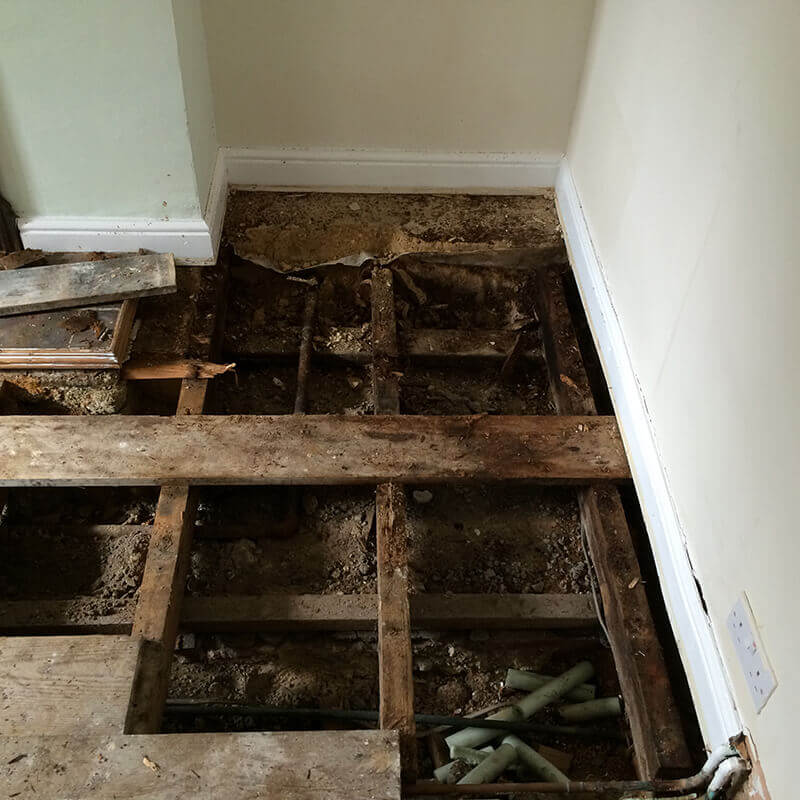
Wet Rot Bristol Specialists
Wet rot Bristol can occur more frequently than dry rot, however it is usually less serious. The decay is typically confined to the area where timber has become (and remains) damp for prolonged periods of time. Outbreaks of dry rot and wet rot begin in similar ways. Wet rot is not as destructive as dry rot; however it can, and does, lead to severe structural damage. Some of the most common contributing factors to the outbreak of wet rot Bristol are:
- Unprotected timbers which remain in direct contact with a source of moisture;
- Poor sub-floor ventilation beneath suspended floors;
- Leaks generating from plumbing and/or domestic appliances.
Whilst there are a number of types of wet rot, the most commonly occurring species are Coniophora Puteana and Poria Vaillantii. Whilst each fungus has its own unique features, the general appearance and treatment often remain similar. Whilst most wet rot fungi produce strands, it is typically confined to the area of dampness. Although in rare instances, mycelium can develop extensively, it does not usually spread into the walls nor exceed further than its immediate food source, unlike dry rot.


